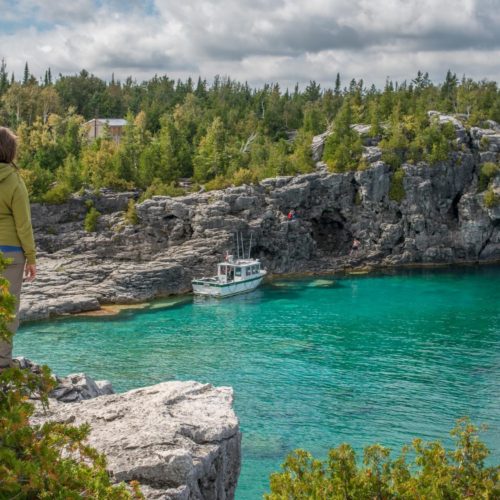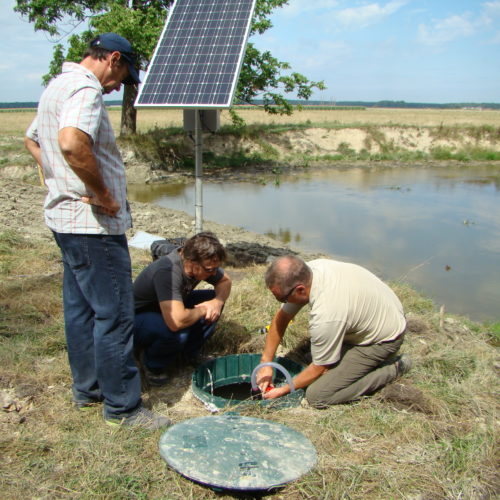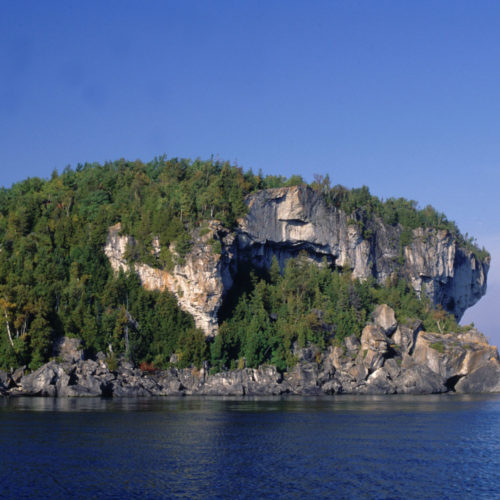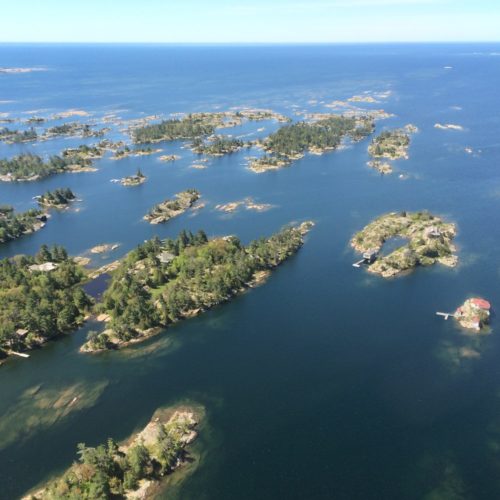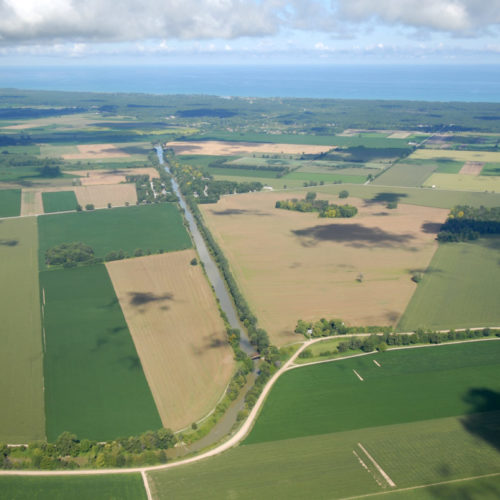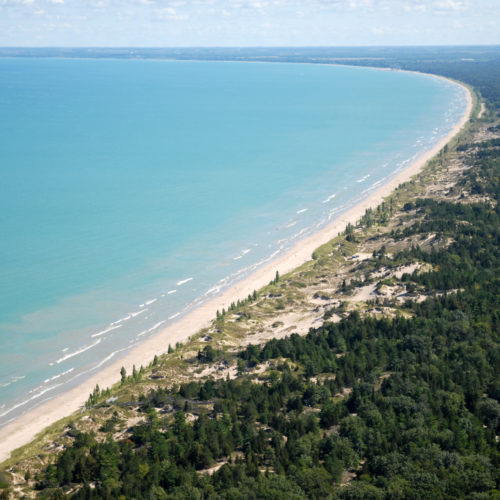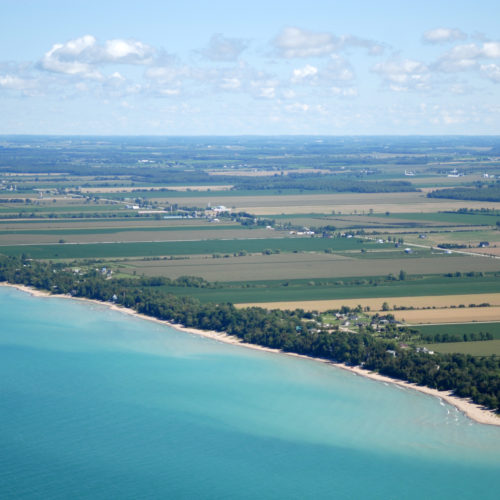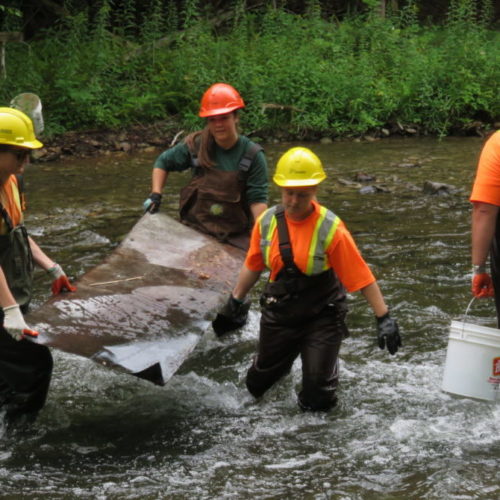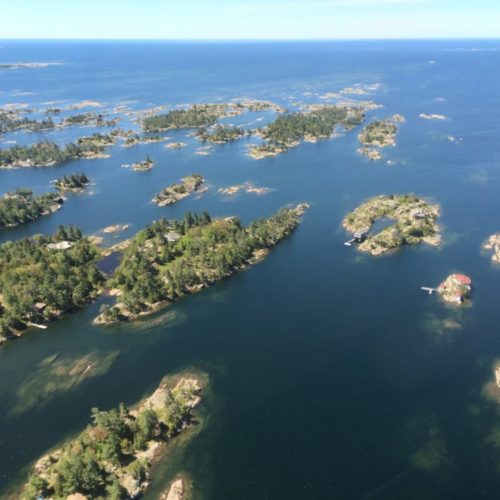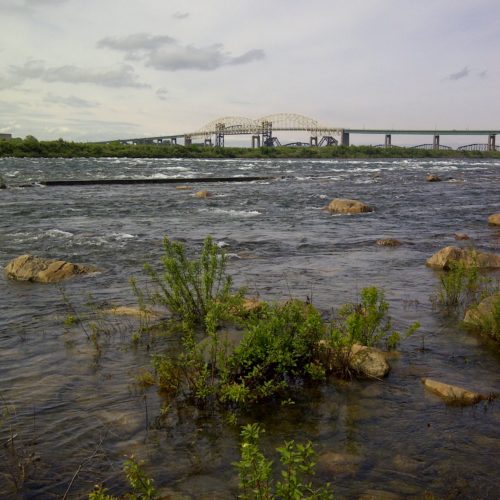Lake Huron’s bi-national committee has released the Lakewide Action and Management Plan for Lake Huron – thanks ECCC and USEPA for good hard work including working with and considering input from First Nations and 20 Government agencies as well as soliciting and responding to public comment. Looking forward to next steps and actions! Click on the link below to see the announcement and a link to the PLAN.
https://binational.net/2018/04/09/lhlamp-pddplh-2/
